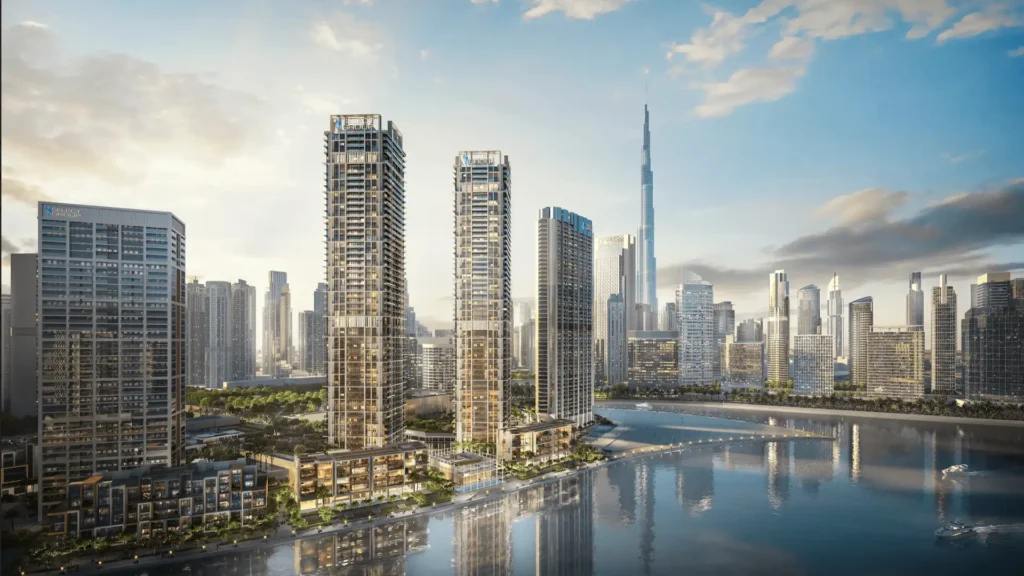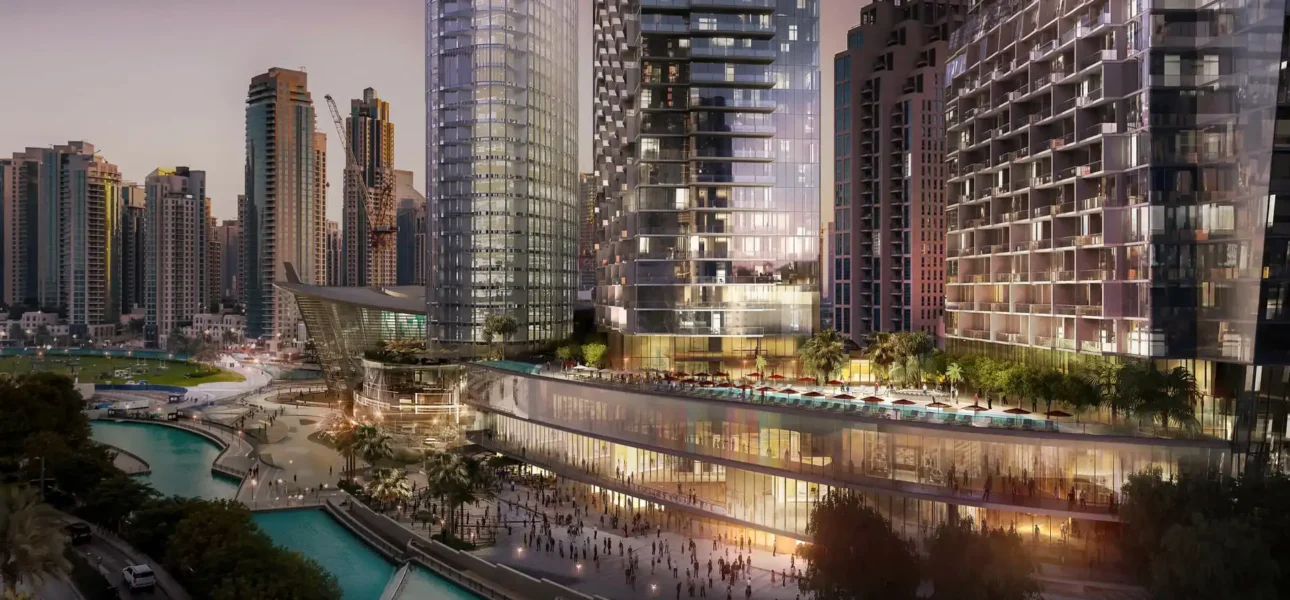Dubai’s economy hums along nicely these days. Cranes everywhere, new buildings popping up left and right. It reminds me of a city that is constantly in motion. As someone who’s tracked real estate here for years, I see clear patterns. Strong fundamentals keep pushing property values higher. Yeah, sure, markets fluctuate. Yet the core signs point upward.
GDP climbs steadily. Figures show the UAE’s overall output expands at 4.7 percent for 2025. Dubai contributes its share with 3.3 percent growth. Non-oil sectors lead the charge—manufacturing, IT, business services all play parts. Diversification pays off big time. Remember how oil once dominated? Now, broader bases support stability. Investors notice. They pour funds into properties, betting on sustained expansion. A quick side note: Back in my early days, when I covered this, oil dips would rattle everything. Nowadays, resilience stands front and center.
The population swells rapidly. Projections place Dubai at 5.8 million residents by 2040. Annual housing needs hit around 54,440 units to match the pace. Expats flock here for jobs, lifestyles. Golden Visas draw long-term commitments. Demand outstrips supply consistently. Villas in prime spots like Jumeirah Islands jump 41 percent year-over-year. Apartments follow suit at 20 percent annual gains. Families seek spaces, professionals want convenience. The influx creates a self-reinforcing cycle—more people mean higher values.
Tourism adds fuel to the fire. Visitor numbers maintain momentum into Q1 2025. Short-term rentals rise 18 percent. Hotels fill up, spillover hits residential markets. Many tourists turn into buyers after sampling the scene. Events and attractions pull crowds year-round. Economic reports tie tourism directly to property demand. Feels like a win-win, right?
Foreign investment streams in steadily. Transactions climb 23 percent in the first half of 2025. High-net-worth folks target luxury segments—properties over $10 million sell briskly. Russians, Indians, and Europeans lead the pack. Tax-free ownership sweetens deals. Long-term visas encourage commitments. Off-plan sales dominate, accounting for 60 percent of activity. Developers launch projects confidently. Capital flows from abroad bolster prices across boards.
GDP Growth Powers Property Momentum
UAE’s economy projects 5 to 6 percent expansion in 2025. Dubai’s slice aligns closely. Job creation follows suit. Employment rises in tech, finance, and logistics. People earn more, buy homes. Mortgage activity increases, especially for villas and townhouses. End-users shift from renting to owning—payments often beat lease costs now. Banks offer favorable terms. The cycle spins: growth breeds confidence, confidence drives purchases.
Infrastructure investments amplify effects. Airport expansions and metro extensions connect areas seamlessly. New roads ease commutes. Mega-projects like Dubai Creek Harbour redefine neighborhoods. Values rise in linked zones. Government plans like D33 aim to double output. Become a top financial center. Such ambitions attract capital. Properties near hubs see premiums.
Rental yields average 7 percent. Long-term leases grow 13 percent. Investors chase returns, outperforming many global spots. Areas like Dubai Marina and Downtown thrive. Demand for ready units pushes rates higher. Supply additions—41,000 units expected in 2025—help balance somewhat. Yet population surges keep pressure on.
Population Booms Keep Demand High—Simple as That?
The number of residents increases yearly. Forecasts show steady rises through 2040. Housing shortages persist. Villas in Palm Jumeirah gain 40 percent annually. Emirates Hills follows at 27 percent. Families prioritize space and amenities. Young professionals opt for apartments in Business Bay and Jumeirah Village Circle. Off-plan dominates Q2 2025 with 39,000 transactions. One-bedroom units lead.
Government incentives work wonders. Policies like Smart Rental Index bring transparency. AI tools value properties accurately. Star ratings consider conditions and locations. Tenants and landlords benefit alike. Broader reforms ease ownership for foreigners.
Economic diversification reduces oil reliance. UAE holds the eighth-largest reserves, yet focuses elsewhere.

Tourism’s Role in Property Surge? Absolutely.
Visitors boost short-term markets. Q1 2025 shows robust activity. Many extend stays, buy properties. Luxury segments thrive—948 sales over AED 15 million in 2024. Palm Jumeirah, Dubai Hills Estate top lists. Branded residences number nearly 140. Ultra-luxury deals almost double to AED 7.6 billion.
Events and attractions sustain interest. The economy benefits broadly. Property values reflect the appeal.
Supply ramps up. Developers plan 42,000 units for 2026. Projects like Cove and Jumeirah Golf Estate draw attention. Yet demand leads. Prices forecast 5 to 8 percent annual rises.
Investment Flows and Market Confidence Build Steadily?
Transactions value AED 151 billion in 2023. 34 percent increase. Luxury leads, but mid-tier gains traction. Areas like Dubai Silicon Oasis are up 23 percent. Investors diversify portfolios.
Banks support with extended plans—25 years common. Accessibility widens. End-users enter markets more easily.
Resilience shines. Past cycles show strength—51.9 percent growth from 2014 to 2024. Average per square foot rises to AED 1,524. Luxury outperforms at 10 percent yearly.
Dubai outperforms peers like New York and London. Safety, opportunities lure all. Market matures, absorbs inventory.
Projections hold firm. Ten percent price increases are possible by year-end. Fundamentals underpin everything. Investors and buyers find value. The city’s motion continues. One building at a time. Exciting in a grounded way.


